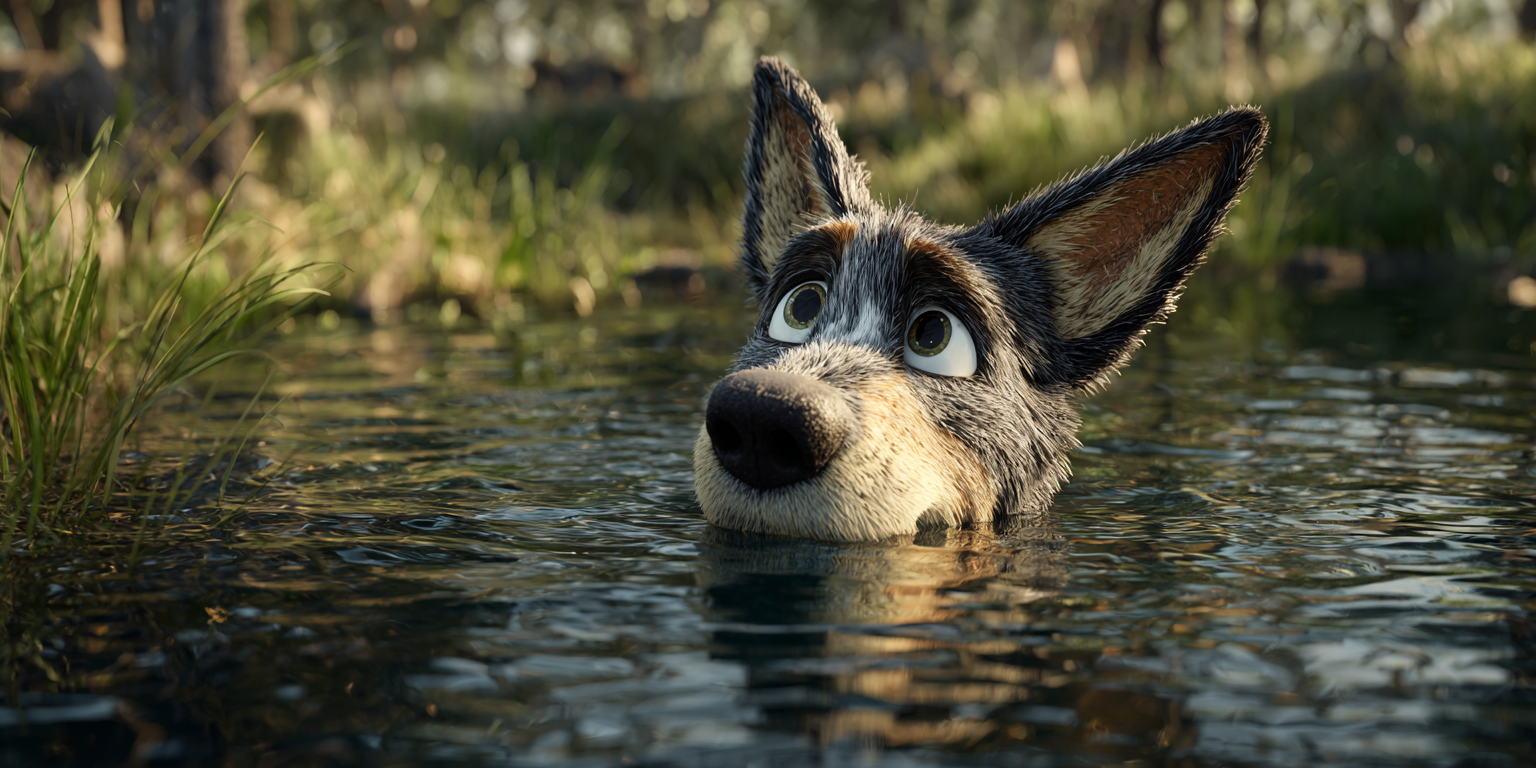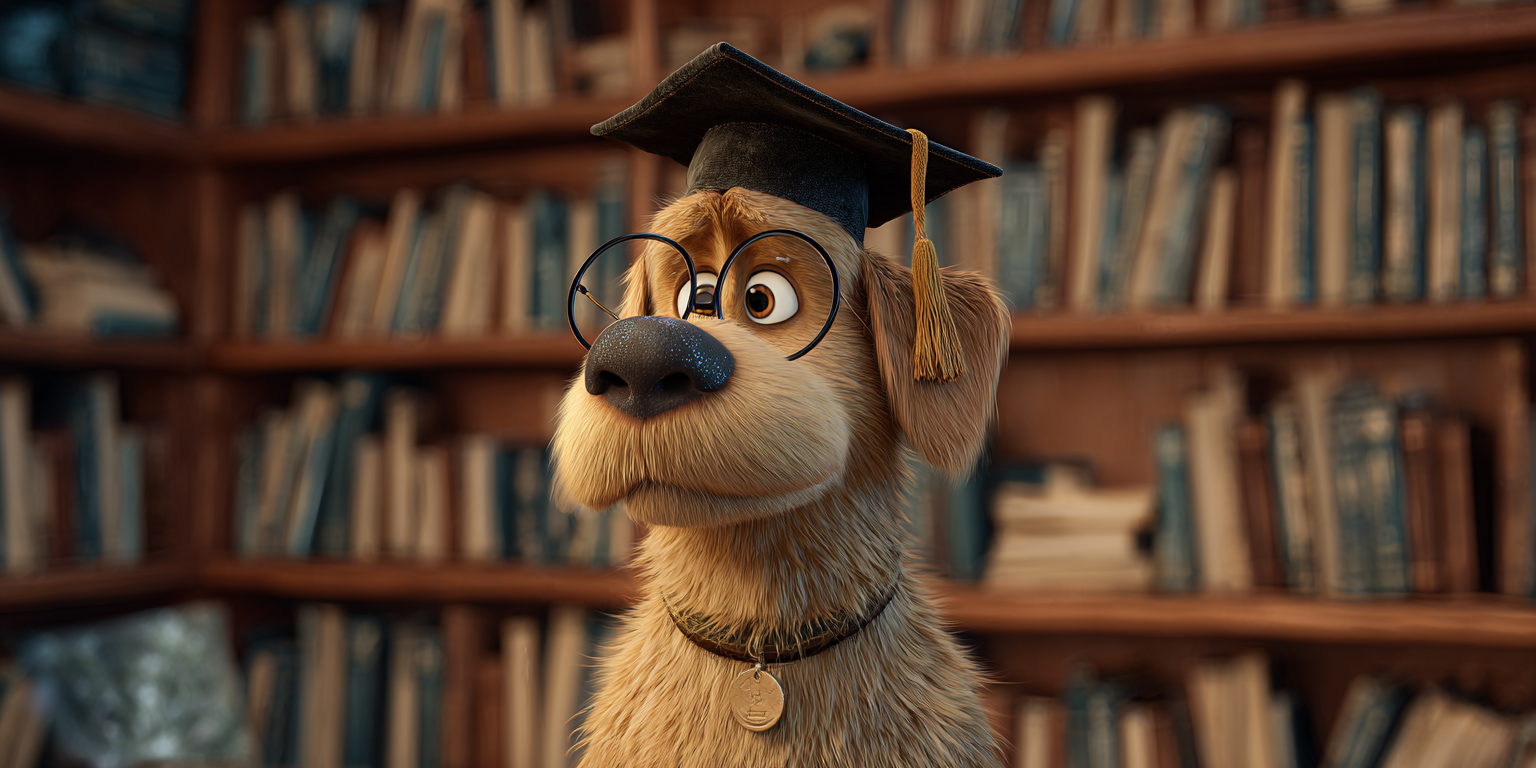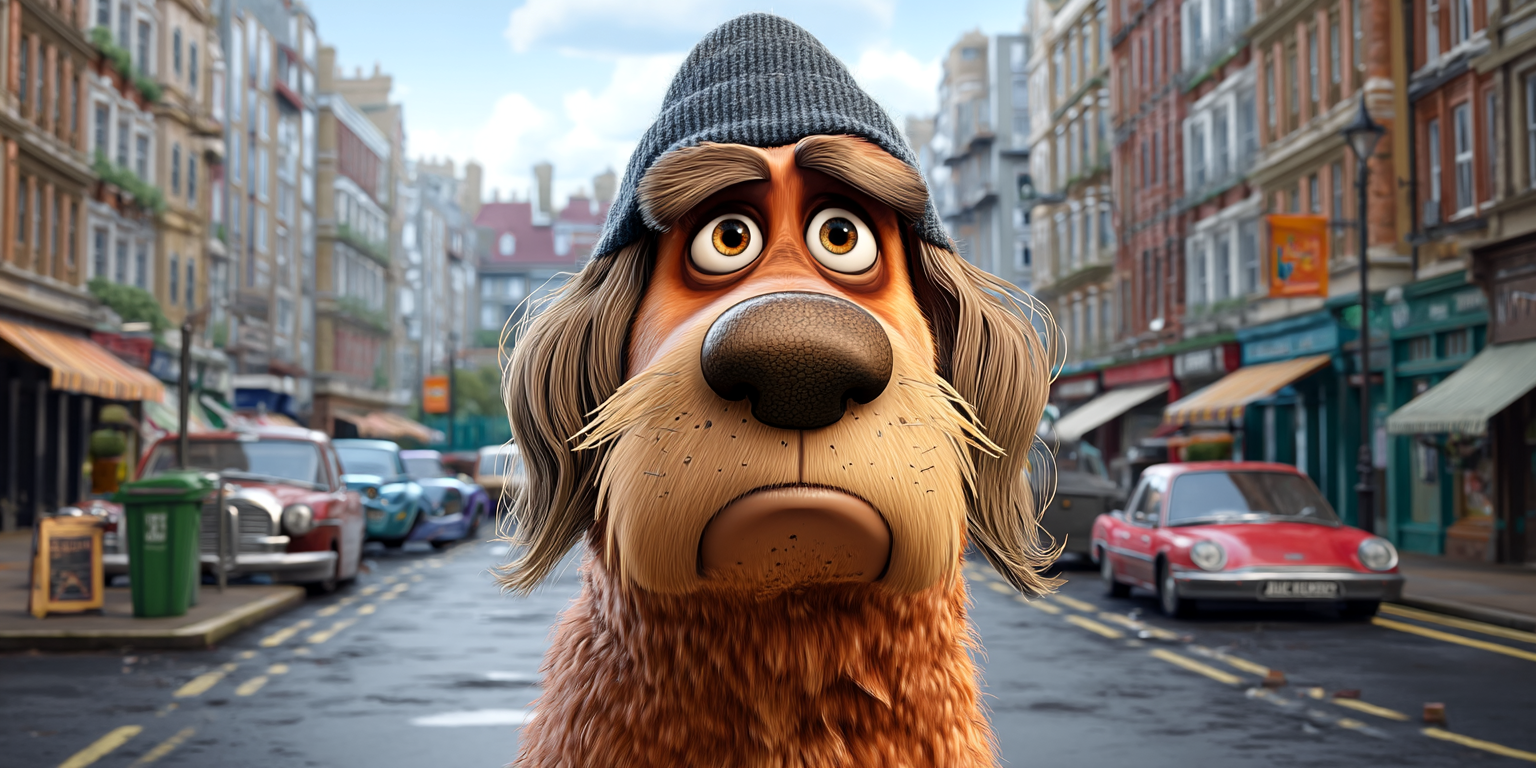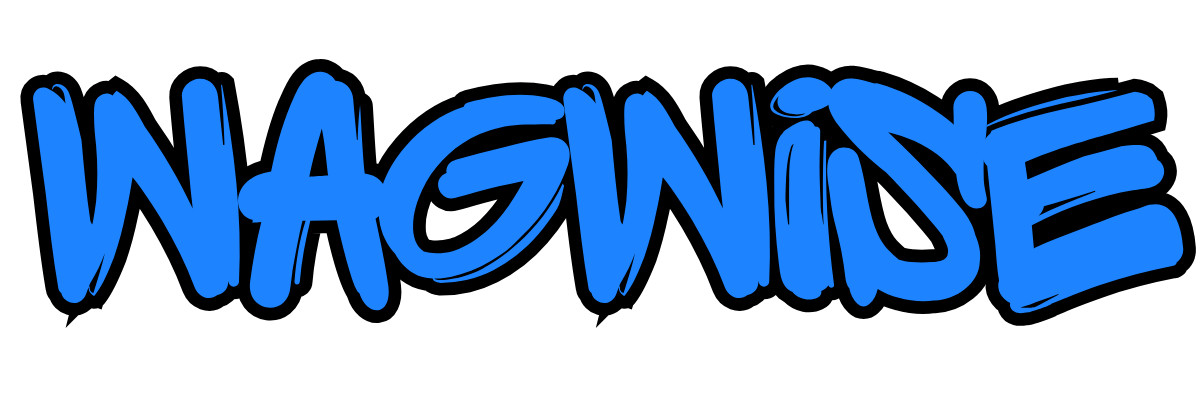Training Tips: How to Teach Polite Greetings
Training Tips: How to Teach Polite Greetings
A step-by-step guide to helping your dog sit, stay calm, and stop greeting guests like a furry missile

We all love a friendly dog.
The wagging tail, the happy dance, the full-body wiggle of excitement when someone new walks through the door—it’s adorable… until it becomes too much.
Jumping on guests. Barking in people’s faces. Knocking over Grandma.
If your dog thinks every new visitor is a rock star returning from a world tour, it’s time to teach them the fine art of polite greetings.
Enter Grumpy Old Max—our resident cranky canine and unofficial etiquette coach.
“You call it ‘friendly.’ I call it ‘obnoxious.’ Sit down. You’ll still get the belly rub, trust me.”
In this guide, you’ll learn how to train your dog to greet people calmly—whether at the door, on walks, or at the café patio—without losing their mind or your house insurance.
🐾 Why Polite Greetings Matter
Sure, your dog means well.
But not everyone enjoys a slobbery welcome or a 40kg Labrador launching at their chest.
Teaching polite greetings helps:
- Prevent accidents and injuries (especially with kids or older visitors)
- Reduce anxiety in shy dogs
- Set clear expectations for behaviour
- Strengthen your bond and improve obedience overall
It also saves you from apologising to your guests with, “Sorry, he’s just really friendly…”
Grumpy Old Max:
“So is a freight train, but you don’t let that barrel through your living room, do you?”
🎯 The Goal
Your dog should:
- Remain calm when someone approaches
- Sit or stand politely without jumping
- Respond to cues like “sit” or “stay” before and during greetings
- Look to you for guidance
This takes consistent training and plenty of patience—but the results are worth it.
🪑 Step-by-Step: How to Train Polite Greetings at the Door
Step 1: Start with “Sit” and “Stay”
Before working on greetings, your dog should already know how to sit and stay on cue. Practice these indoors without distractions first.
Use high-value treats, praise, and short, focused sessions. When they can sit and stay reliably, you’re ready for the real world.
Grumpy Old Max:
“If they can’t sit still when it’s just you and the fridge, don’t expect miracles when the doorbell rings.”
Step 2: Practise with a Calm Entry Routine
The Setup:
- Place your dog on a leash inside the house.
- Ask a family member or friend to knock or ring the doorbell.
- Before opening the door, cue your dog to “Sit” and “Stay.”
- Open the door slightly. If your dog stays calm, reward them.
- If they get up, close the door. Reset and try again.
Repeat this until your dog learns that the door only opens when they stay calm and seated.
Step 3: Add the Guest
Now that your dog can stay calm with the door opening, it’s time for the real deal.
- Ask your helper to enter calmly and ignore the dog completely.
- Keep your dog on leash and cue a “Sit” as the guest approaches.
- If your dog remains calm, allow the guest to give gentle attention or a treat.
- If your dog jumps, barks, or lunges—no attention. Reset the scene.
Step 4: Reward the Right Behaviour
Make calm behaviour more rewarding than jumping. Praise your dog, give them treats, or let them sniff and greet once they’re sitting.
Over time, they’ll realise that polite greetings = attention. Wild behaviour = ignored.
Grumpy Old Max:
“No sit, no pat. It’s the golden rule. I didn’t make it up—but I do enforce it.”
🧍♂️ Training Polite Greetings Out and About
Dogs don’t just get excited at the front door.
They do it on walks, at the park, or when meeting new dogs or people anywhere.
Here’s how to generalise the training:
Step 1: Practice in Controlled Environments
- Go for walks where you know you’ll see other people or dogs.
- When someone approaches, ask your dog to sit.
- If they stay calm, let the person greet them or toss a treat.
- If they jump or pull, back away. No greeting.
Step 2: Use a Release Cue
Once your dog sits and stays calmly, give them a cue like “Say hi” to let them know they’re allowed to greet.
This gives you control over the interaction.
Grumpy Old Max:
“You don’t just run into a job interview screaming ‘HI!’—same goes for meeting people, mate.”
Step 3: Teach Self-Control with High Energy Situations
Gradually work up to more exciting scenarios:
- Kids running past
- Dogs barking nearby
- People offering treats or toys
Reward calm behaviour, and always stop the greeting if they get too excited.
🧠 Bonus Tips for Polite Greetings
1. Keep Training Sessions Short
Dogs (especially puppies) have short attention spans. Five minutes of practice here and there is better than one long, frustrating session.
2. Use a Leash Indoors
This helps control jumping and bolting without physically overpowering your dog.
3. Ask for Help
Recruit friends or neighbours to help practice guest greetings. The more people your dog can practice with, the better.
4. Stay Calm Yourself
Your dog feeds off your energy. If you’re hyped up or tense, they’ll mirror it. Stay relaxed and confident.
Grumpy Old Max:
“If you’re flailing around like you’re on a game show, don’t be surprised when your dog thinks it’s party time.”
🛑 What Not to Do
❌ Don’t push your dog away
This often feels like play to them—and encourages more jumping.
❌ Don’t yell “No!” or “Down!” repeatedly
It rarely works in the long run and adds stress.
❌ Don’t let guests reward bad behaviour
Ask visitors to ignore your dog unless they’re sitting politely.
❌ Don’t expect perfection overnight
Polite greetings take time, repetition, and lots of treats.
🐶 Polite Greetings for Puppies
Got a puppy?
Start young!
- Socialise them with calm people who understand the training process.
- Practice daily with new people and safe environments.
- Reinforce good manners early before bad habits stick.
Grumpy Old Max:
“Puppies are cute tornadoes. Train ‘em now before they grow into furry wrecking balls.”
🧓 Polite Greetings for Older Dogs
Older dogs can learn new tricks.
You might just need more patience and consistency—especially if jumping has been reinforced for years.
Try using calming tools like a front-clip harness, or train during lower-energy moments (like after a walk).
🏆 Celebrate Progress
Every polite sit instead of a jump is a win. Celebrate small improvements:
- A shorter jump
- A quicker sit
- A calm tail wag without barking
Take videos, track progress, and give your dog lots of love (after they sit, of course).
Final Thoughts: Good Manners, Happy Humans
Polite greetings aren't just about manners—they’re about safety, confidence, and building a calm, trusting relationship between you and your dog.
Yes, it takes time.
Yes, there will be setbacks.
But the moment your dog sits calmly while Grandma walks in, you’ll know it was worth every treat, every repetition, and every eye-roll from Grumpy Old Max.
“You want to be invited places with your dog? Teach ‘em not to greet like a caffeinated kangaroo. It’s not that hard. Sit. Stay. Smile. Simple.”
Need more practical, no-nonsense dog training advice?
Stick with Wagwise and Grumpy Old Max.
We’ve got the wisdom, the walkthroughs, and the occasional grumpy growl.




